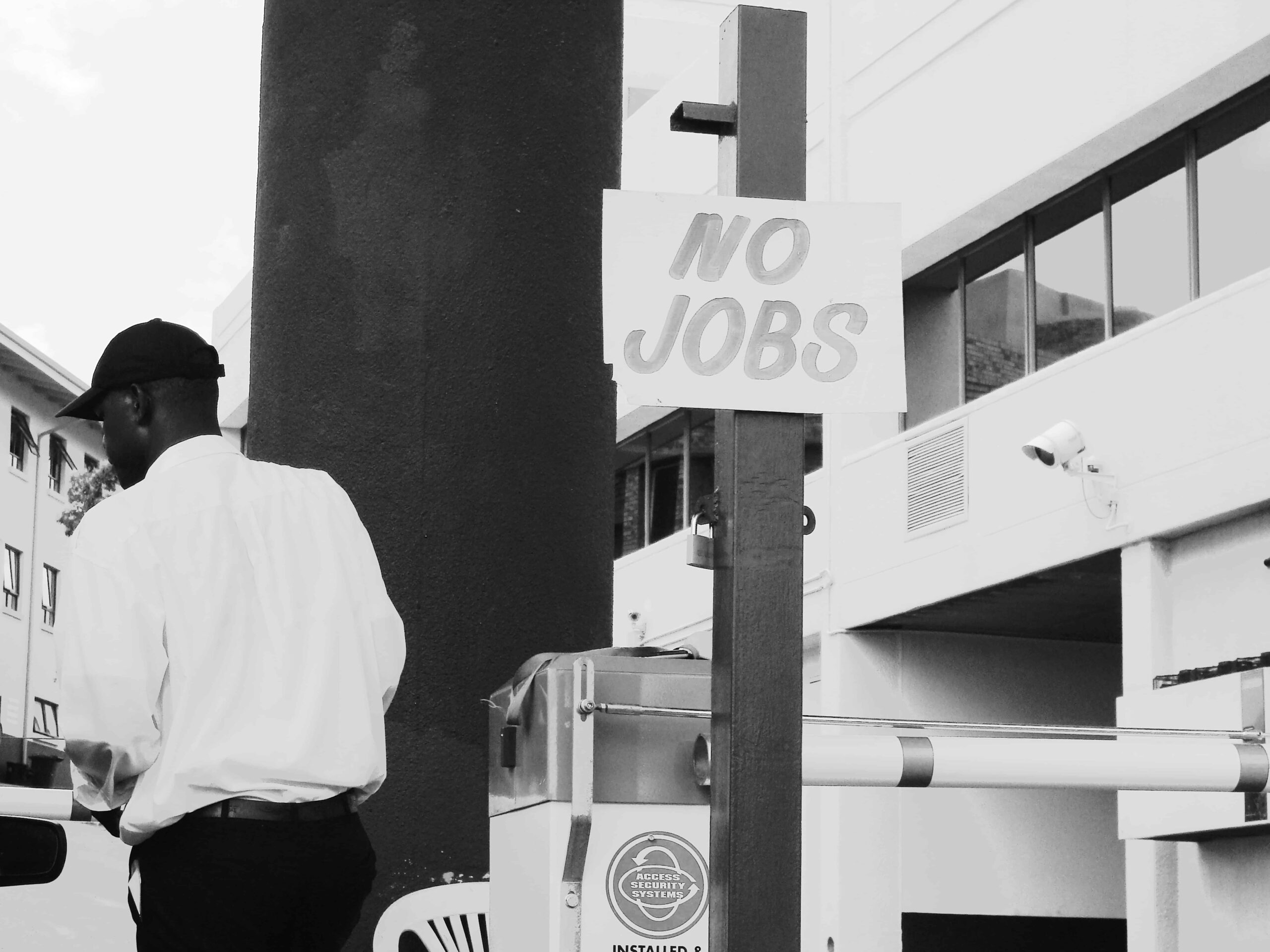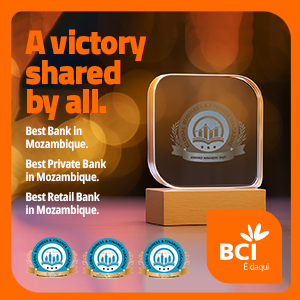When cities invest in tourism, they invest in jobs, entrepreneurship, and growth.
Marrakech is a compelling example. In 2024, the city welcomed nearly 4 million tourists, each one supporting livelihoods from hotel staff to street vendors, guides to artisans.
Multiply that impact across the world’s cities, and it becomes clear why urban tourism is a powerful driver of jobs and local economic development. That’s why this World Cities Day, we’re looking at how urban tourism, when anchored by solid infrastructure and vibrant attractions, transforms visitors into real economic opportunities for local communities.
An engine of opportunity
Tourism is one of the world’s most powerful engines for job creation. The World Bank Group’s High-Level Advisory Council on Jobs has identified tourism as one of five key sectors with the potential to generate local jobs at scale, alongside infrastructure and energy, agribusiness, healthcare, and value-added manufacturing.
In 2024, travel and tourism contributed about 10 percent of global gross domestic product and supported an estimated 357 million jobs, accounting for over 10 percent of all employment worldwide. By 2035, forecasts suggest the sector could generate about 91 million additional roles, potentially one in three net new jobs globally. With 1.2 billion young people expected to reach working age in developing countries over the next decade, these new opportunities will be crucial.
The lion’s share of this growth is taking place in cities. Urban destinations account for about 75 percent of global tourism, with half of all international visits centered in major cities. In Colombia, for example, 85 percent of foreign-origin dollars are spent in just six cities. That means that when cities invest in tourism, they invest in their people.
But not all cities play the same role. Some, like Marrakech, are standalone destinations, places people travel to for their unique culture, history, and experiences. Others, like Berat in Albania, serve as gateways to explore surrounding regions, natural wonders, and rural communities.

How is the World Bank supporting urban tourism?
In both cases, infrastructure is foundational to urban tourism’s potential. Without reliable transport, utilities, markets, digital connectivity, or health and safety services, cities can’t consistently attract visitors or support local businesses. Urban development, job creation, and economic growth all depend on these types of infrastructure.
I’ve seen firsthand how upgrading roads, restoring heritage sites, and improving public spaces can transform cities’ prospects. Here are a few examples:
- In Albania, the World Bank’s Integrated Urban and Tourism Development Project has supported the restoration of historic sites, improved surrounding infrastructure, and expanded tourism services—contributing to new economic opportunities and jobs in and around the cities of Berat, Gjirokastra, Përmet, and Saranda.
- In India, the Uttar Pradesh Pro-Poor Tourism Development Project created nearly 3,000 jobs and boosted incomes for local entrepreneurs by supporting economic development, planning, and governance in key urban tourism destinations. Over the project period, the number of domestic visitors increased by nearly 40 percent, rising from 43 million in 2014 to nearly 60 million visitors in 2024.
- And in Tanzania, the Boosting Inclusive Growth for Zanzibar Project is helping to bring economic growth to three villages, providing skills and jobs for 600 residents to benefit from Zanzibar’s vibrant tourism economy.
But infrastructure alone isn’t enough. Cities also need an enabling environment, including strong tourism governance, coordination between ministries and subnational authorities, and local capacity development and workforce training. Active partnerships with the private sector are also crucial for attracting private investment, developing enterprises, and building tourism skills. When local governments work with businesses to support investments in hospitality, accommodations, restaurants, and leisure, the benefits multiply.
This is where the World Bank Group’s advantage matters. As a major financier of tourism projects globally, we combine deep sector knowledge with concessional finance and private capital solutions. With 66 active tourism projects worldwide as of 2025, we bring the experience cities need to plan and finance destination development that leads to new jobs and better incomes.
What cities need to succeed
The future of urban tourism and jobs depends on smart investments and strong institutions. To succeed, cities must preserve their natural assets and cultural heritage, build resilient infrastructure, and foster collaboration across sectors. Training and skilling for residents, especially for women and youth, is key.
Realizing these gains also requires managing risks, such as overtourism, seasonality, pressure on housing and services, cultural commodification, and environmental impacts. Through careful planning and community engagement, investments can be designed to ensure tourism benefits everyone.
This World Cities Day, it’s worth remembering that urban tourism is not just about sightseeing. It’s about livelihoods, dignity, purpose, and cross-cultural connection. It’s about giving young people their first job, helping entrepreneurs grow businesses, and empowering communities to invest in their futures. Done right, tourism can help cities welcome more visitors while functioning better for residents and businesses alike.
Source : World Bank





































































